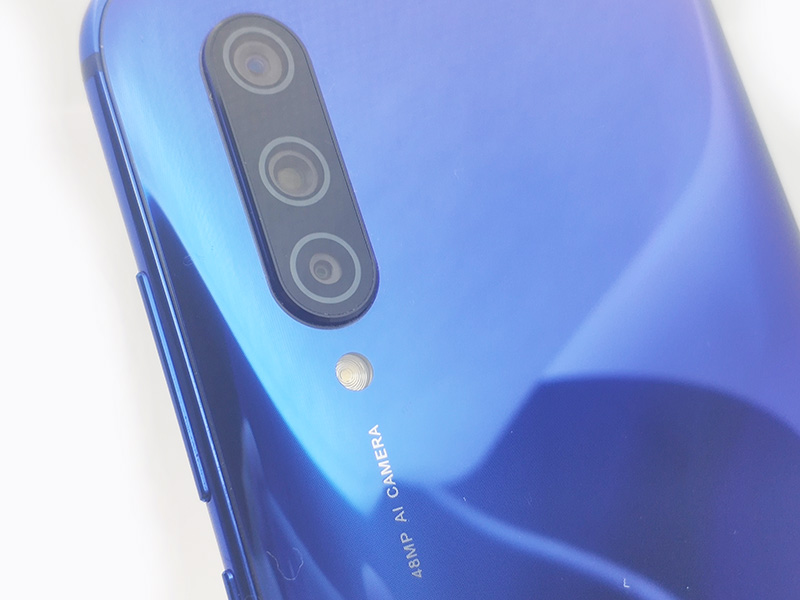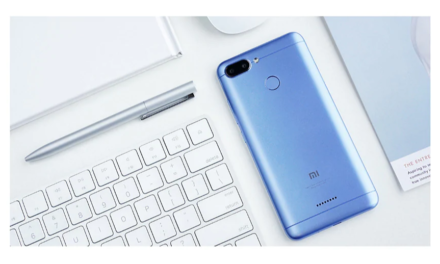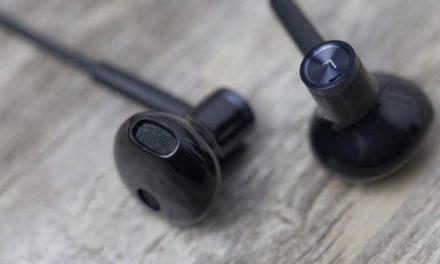
Xiaomi Mi 9 Lite or Xiaomi Mi 9T - which one to buy?

Two phones at similar prices, superficially looking at similar features. But which is better?

contents show
Introductory
After Mi 8 Lite, one of last year’s big hits, Xiaomi once again took out the “miniature trainer” and introduced the Mi 9 Lite. The Global version also came with lightning quickly, so we can now recommend it to our readers with a calm heart.

However, here is the Redmi phone on the market, which of course is Xiaomi, and in Hungary it is also sold as Xiaomi, and it also belongs to the ninth series. The prices of the two phones are currently close to each other, although the Lite is already a few thousand forints cheaper now, even after its release. This is good news because it also anticipates the possibility of a major price cut in the future, which you will need as you will see from the tutorial below.

So the question is which one is worth buying - obviously both - and which one is why!
Processor
One of the most different parts of the two phones is the central unit. The difference between the Mi 710 Lite using the Snapdragon 9 and the Mi 730T based on the Snapdragon 9, at least superficially browsing the data, is not much different. This is understandable somewhere, as there is only a generation difference between the 710 and the 730, in favor of the 730, of course. However, when we break down SoC, we find serious differences.

The first, and very important, difference is that while the 730 is already made at a strip width of 8 nanometers, the 710 is still made at 10 nanometers. This has a good effect on the chip size, consumption and heat generated. If that was the only difference, it is likely that there would be only a difference in the clocks - there is in them as well. The situation, however, is that Qualcomm has reached into the processor quite strongly, so for example, the two Kyro 360 (Cortx-A74) in the upper cluster have been replaced by the more advanced Kyro 470 (Cortex-A76), the Cortex-A55 cores in the lower cluster. and its clock speed increased from 1,7 to 1,8 GHz. These changes can cause a difference in processor performance of up to 35 to 40 percent, in favor of the 730, of course.

To make sure that wasn’t enough, Qualcomm replaced the GPU, replacing the Adreno 616 with a 618, which is a good 15 percent stronger, plus it consumes better. A more advanced image processor was added to the 730, and the machine learning aid unit was also revamped, as the Snapdragon 730 already included the Hexagon 688.
There is no significant change in other capabilities, so the type of memory supported or the APIs supported by the GPU have not changed, but the Snapdragon 730 seems to be a much more powerful chip. So a red dot next to the Xiaomi Mi 9T name!
Display

It’s a great thing that AMOLED panels have now appeared in the mid-range, and with that, the use of a fingerprint sensor under glass has now become available. Fortunately, for both the Mi 9 Lite and Mi 9T, we get these capabilities.
Both phones received an AMOLED panel, and both had the same diagonal of 6,39 inches. The resolution does not differ either, here and there 2340 x 1080 pixels are used to display the image, and this means that the pixel density is the same.

What makes a difference, however, is the placement of the self-timer camera. The Mi 9 Lite uses the classic drop-shaped camera island, also used in the “big” Mi 9, while the Mi 9T doesn’t hang into the picture. Again, a dot next to the Xiaomi Mi 9T name, true to a tiny dot only, but it’s also something.
Kamerák
Looks no different, three cameras here and there. Within, however, there will be a difference at the level of the sensors, not a few.
The main camera in both cases is the usual 48-megapixel Sony sensor solution. At Xiaomin, this is used in almost every device already, which is only a little better than a half-brick. So it's good and bad, the 64 megapixels haven't fit in yet, it will come with the Redmi Note 8 Pro - it will also be a Global version, hooray!

The big differences are in the auxiliary cameras. The Xiaomi Mi 9T has a 13-megapixel and an 8-megapixel camera, as opposed to the Mi 9 Lite, where an 8-megapixel and a 2-megapixel imager help with photography. This is already a significant difference, but the real one, and we think the most important difference, is not that it is the 9T megapixel unit in the case of the 8T, which is a telephoto camera with 2x optical zoom, while the 13 megapixel unit is a wide-angle camera. Our 9 Lite only has an 8 megapixel wide angle unit and a 2 megapixel depth sensor. These differences are so significant that it doesn’t even matter which phone is better for the back cameras.

The situation with the Xiaomi Mi 9 Lite is somewhat improved by the fact that the self-contained camera has become 32 megapixels, as opposed to the Mi 9T’s 20 megapixel unit. It’s more than anything, but it doesn’t weigh as much as we can’t say the Xiaomi Mi 9T has much better photography capabilities.
External and other abilities
The two phones are essentially the same size and weight (156.7 x 74.3 x 8.8 mm - 191 grams vs. 156.8 x 74.5 x 8.7 mm - 179 grams), the Mi 9 Lite is lighter with something because it has less glass. In the case of the Xiaomi Mi 9T, the rear-facing cameras were located in the middle, while the Mi 9 Lite housed the left-hand position of its bigger brother, the Mi 9. So there is no fingerprint sensor on either of them, more precisely it is not on the back but under the glass.

A major difference in appearance is the placement of the self-timer camera, which in the case of the Mi 9T protrudes from the top of the device, and the Lite also has a drop-shaped camera island derived from its big brother. For us, the latter is the thing I like better, just because of its simplicity, there is less chance of error, and the notch is not so big that it can be confusing.

In other capabilities, the two mobiles are almost identical. The battery capacity is 9 mAh in the 4000T and 9 mAh in the 4030 Lite. Both have NFC - thank heavens that at least this is not spared - but both have missed wireless charging. The latter is already starting to get a little incomprehensible, we can’t really think of anything other than that the premium category should have this plus, otherwise those phones wouldn’t be taken by the dog. Both mobiles have ac standard wifi, 5.0 Bluetooth, 18 watt (cable) fast charging, FM radio.
We can’t announce a clear winner in this paragraph, the language of the scales leans a bit towards the 9 Lite due to the slightly larger battery and what we think is a bit redundant, a self-contained self-contained camera.
Which one is worth buying?
Currently, there is roughly $ 6 (coupon, special price) between the two mobiles, at least for the 64/10 GB version, in favor of the 9 Lite. However, we think this is a small thing, and you probably will, reading the above, think so. The realistic difference should be somewhere between $ 20-30, at least in our opinion. As we wrote in the introduction, there is a realistic chance, as in the case of the Xiaomi Mi 9 Lite, the price surplus due to the novelty will also have to be reckoned with, which means we hope to reach the $ 20 difference in a few weeks. Of course, we can only hope that the price of the 9T will not be so high as to make room for the 9 Lite.

To the question of which phone is worth buying, the answer, of course, is both. These became super handsets, plus they got an affordable price. Their abilities, quality are clearly Xiaomi level. That is, today, September 2019, 17, we say that you should rather buy the Xiaomi Mi 9T, because the pros mentioned above are worth much more than the surcharge of HUF 3000. If the price changes, the difference increases, you will only have to decide how much you intend for a new phone. If you have less, you can come with the Xiaomi Mi 9 Lite, if you have more with the Xiaomi Mi 9T.
Best prices now:
Xiaomi Mi 9T 6 / 64 GB - Coupon code: MI9T64BLUE - Price: 81 540 HUF
Xiaomi Mi 9T 6 / 128 GB - Coupon code: BG9T13 - Price: 91 922 HUF
Xiaomi Mi 9 Lite 6 / 64 GB - Coupon code: GBM9LITE3 - Price: 77 587 HUF
Xiaomi Mi 9 Lite 6 / 128 GB - Coupon code: GBM9LITE6 - Price: 87 232 HUF
Remember, for duty-free delivery, choose Priority Line or EU Priority Line delivery methods, depending on the department store!















